7 steps before you homestead
Homesteading is becoming more and popular today and if you have been considering joining this amazing way of live there are a few things you need to know before you homestead. This checklist of things to have in your back pocket will help you to begin more confidently.
Homesteading tips are great especially when you are first starting out. I love homesteading because it puts folks more in control of their food, their finances, and their things.
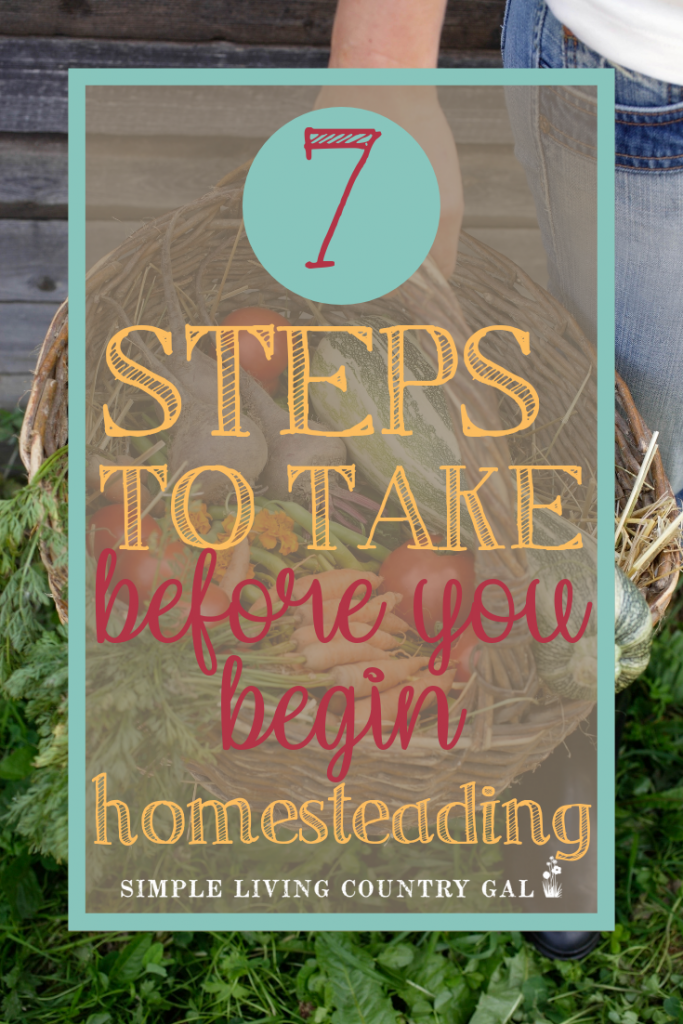
“If I only knew then what I know now” should be a pledge each person needs to recite before they start a homestead or farm. Being prepared before you homestead, both mentally and theoretically, is the key to not giving up after one attempt.
I am not talking about knowing things like, how much grain to feed a goat or even how many eggs does a chicken lay each week. I am talking more about:
- What does homesteading actually mean?
- How much work does it take to have a homestead?
- What do I need to know?
Another tip is you will want to understand these things before your shovel even hits the ground. Before you buy your first packet of seeds or even your first pair of barn boots.
Getting a realistic peek behind-the-scenes of a homesteading setup will help you go into this new way of life with your eyes wide open.
Sure, there will still be surprises once you begin, but hopefully, after reading this article, you will be better prepared to deal with them if they come up.
First, congratulations on even considering joining the homesteading lifestyle. Taking control of your home, food, and health is something to be commended. There is such joy when eating food grown on your own land and tended with your own hands. So much joy, in fact, that the work that went into planting and tending are completely forgotten as soon as that fork hits your mouth.
And, if you are ready, let’s get to my list. This are the things I wish I had known before we left our city life behind and embraced the pastures and rooster calls and the never-ending scent of cow poo. My hope is that you can use it to prepare for your new journey and boost your chances of fewer issues starting out.
To make it easy, let’s look at homesteading as a story, and with every story, you have a prologue. This, my friends, is your homesteading prologue…….
What does it mean to be a homesteader?
Being a homesteader basically means living a self-sufficient lifestyle. This includes growing your own food, raising chickens and/or livestock, preserving food, and sometimes even making your own clothes or furniture. It represents a return to the basics, a way to reconnect with nature and rely less on commercial goods. Homesteading is not just a series of tasks, but a mindset focused on sustainability, simplicity, and independence.
7 Steps Before You Homestead
Starting a homestead from nothing can be daunting, so before you get started you will want to decide this is something you are going to commit to achieving. Aim to do something, anything every week or every day, for that matter, to get closer to your self-sufficient dream.
Research, study, ask questions, take plenty of notes, and save….save….save.
You will want a cushion in every area so you are ready for the unexpected. From money to education, go in ready both mentally and financially, and you will be much better off.
Homestead Books We Love:
Heaven’s Harvest Survival Seed Bank Kit (Over 25,000) Fruit & Vegetable Non-GMO Heirloom Seeds for Planting a 3+ Acre Home Garden. 100% Secure: Emergency Weather-Proof Bucket (1-Pack)


Step #1 Commit to HOmesteading
I know this might seem like a strange request, but homesteading can be overwhelming, especially when you are first starting out. For that reason, you will want to be clear on your commitment.
Ask yourself a few questions:
- How badly do I want to live this way of life?
- How much time can I commit to building our homestead each week?
- How long will I give this before I decide wether to continue or to let this goal go?
Hard questions, I know, but important ones to ask yourself and anyone taking this journey with you. Because homesteading is just that, a journey, and the more clarity you have on what you want to achieve the more committed you will be.
Step # 2 Change your mindset
Next up is mindset, meaning you will want to change how you think. You are now a homesteader, my friend, and you need to think like one.
- Make it, don’t buy it.
- Reuse it. Don’t toss it.
- Make it work with what you have instead of heading off to the store.
- Make something out of nothing.
These are all phrases we live by now.
Homesteaders do not run to the store every time they need something; instead, we look at what we have around us and do our best to make it work. This is especially true with outside projects. Going forward you will keep all your scraps of wood, containers, and hardware so you have a collection of supplies for any updates or repairs.
You can see this in action here:
I love finding ways to make the things we need for little money or even free…And before you know it, you will too.
Step #3 Be ready for challenges
I love to homestead; unfortunately, it isn’t always easy to do. Knowing this before you homestead will go a long way to helping you through the rough patches. Be prepared for work and quite a bit of trial and error as you find your footing and where your talents lie.
Know that each setback, each mistake, each ball that you drop is a learning experience. A chance to see what went wrong, adjust how you do things, and move forward. I have yet to meet a farmer that hasn’t made a mistake, and you will too so don’t beat yourself up for it.
Tip #1. Keep Track
To help, keep a journal of notes that you can refer to whenever you need them. Write about your successes and your failures so you know just what worked and what didn’t. You can use spiral notebooks or even colored binders using a different color for each area so I can more easily identify.
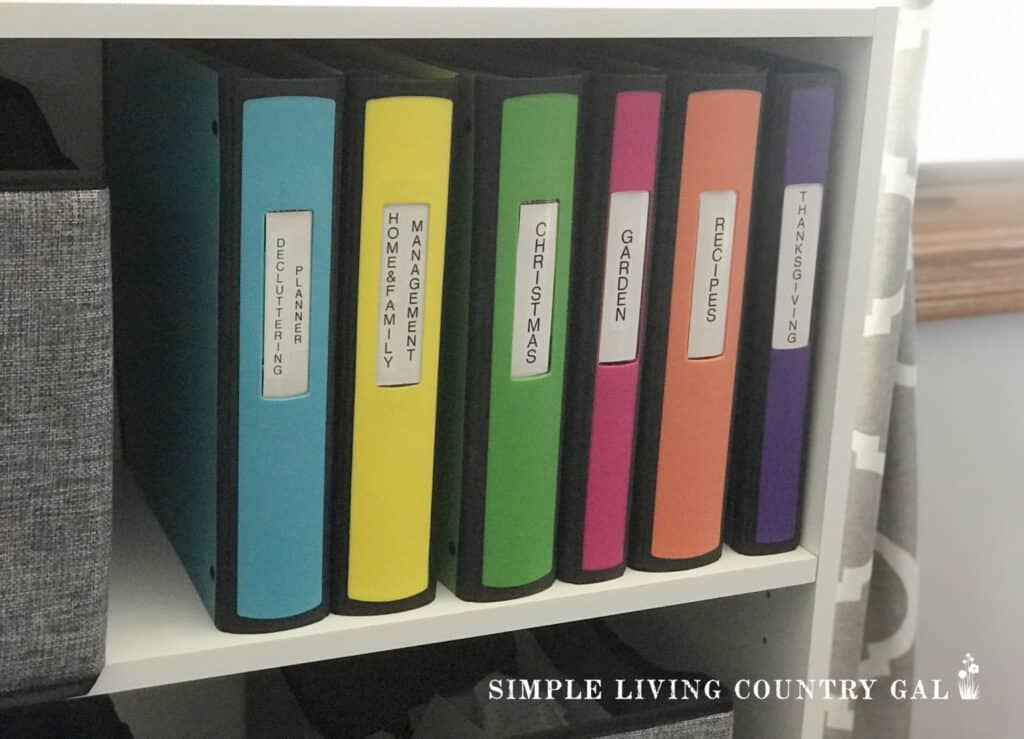
Tip #2. Take Notes
Also, keep a list of notes from new projects, new animals, or new ventures. These notes will be invaluable when you need a refresher course on a project or livestock animal that is in your care.
Tip #3. Learn from Others
Also, learn from others’ that are further along in their journey. When you move to a homestead, take the opportunity to learn from other homesteaders or farmers that live around you. Find out about the area, the soil, the weather, and what challenges are common.
Pests, animals, diseases, and weather all factor into homesteading so learn from the experience of your neighbors and add what they tell you to your homesteading notes.
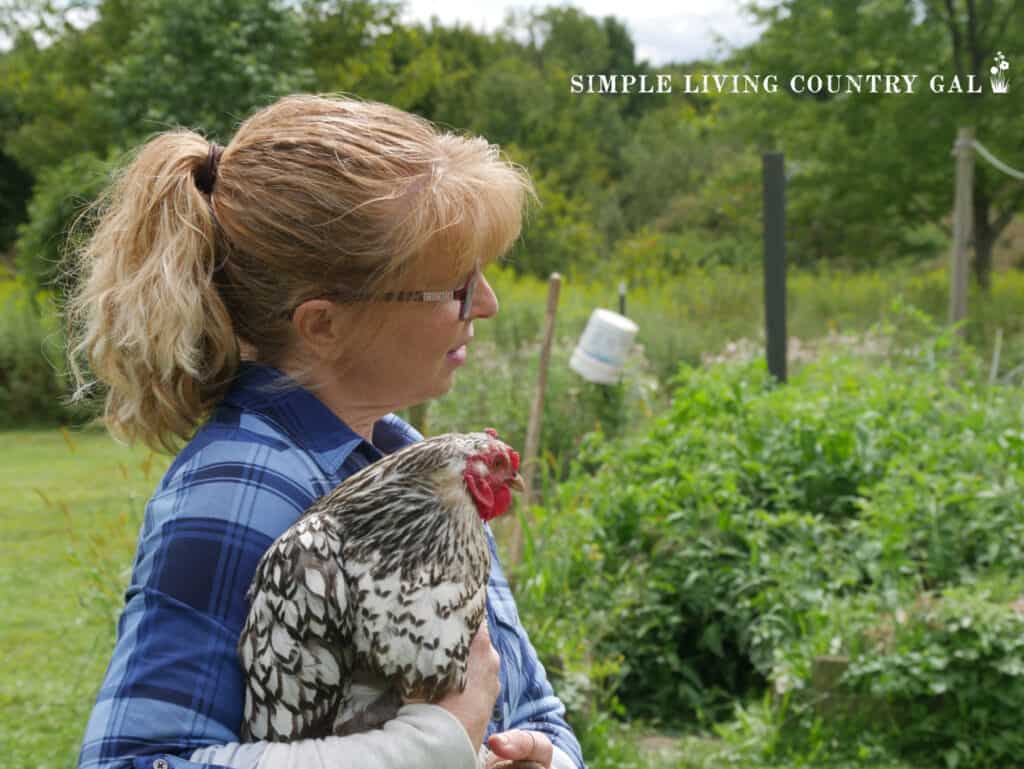
Step #4 Make a plan
As with anything, you will want to have a plan for your homestead. This will be your roadmap as you work your way to your goal. Sometimes in the thick of the work we may lose sight of what we are working towards. A plan will keep your focus clear and help you keep going even when things get hard.
Start by making a list of what you want on your homestead. The different areas, the livestock, the gardens, the pastures, the orchards, and more. When Hubby and I started out, we actually drew our plan down on paper like a map. We showed everything we wanted and where we wanted it to be.
Our notes were one of the reasons we are still homesteading today, 15+ years later. If you want more tips on planning, jump over and read our article on Homestead Project Planning. There, I break each step down so you can see how our plan can help you every year going forward.
If you want to add a resource to your home library, then an excellent book to have is The Backyard Homestead.
This book shows you how to lay out a homestead plan on just about any size of the property from one acre to a large farm. They will give you a better idea of how to make it all work and utilize the land you have more efficiently as well as giving livestock recommendations depending on the room you have available.
I highly recommend it!
SLCG PRO TIP: If money is tight, you can find this book and many others at your local library. I love the library because I can see what books are out there a go through them before purchasing. If I find a book or resource that I know we will use over and over again, that is my cue to invest in buying that book.
I highly recommend starting a resource library at home that you can refer to whenever you need to. Sure, you can find information for free online, but that can take time to filter out to find what you are looking for. A home library will make starting a new project easier to research and implement.
READ: THE HOMESTEADER’S LIBRARY – BOOKS EVERY HOMESTEADER NEEDS TO READ
Just like the internet, the library should be your very best friend. Free resources are a gem when you are homesteading, so learn to check out books and read as many as you can.

Step #5 Make your goals and set target dates
Putting expiration dates on your homesteading goals and projects will help you to complete them more efficiently. Take this tip one step further and break your goals down by month and display that master list where you will see it every day. This little reminder will keep those goals front and center where you need them to be.
Let’s dive into this a little deeper.
Step #1. Write everything down
Write everything down on a sheet of paper that you want to accomplish for the entire year. Big jobs, small jobs, get it all down where you can see them. Do not make the mistake of thinking you will remember. Get each item written down on paper so you are committed to getting it done.
Writing things down makes each project more likely to happen.
Step #2. Assign a Month
Once your list is written, go through it and assign a month to each goal or project. Keep in mind how busy each month is. For example, don’t give yourself a list of 15 projects if it’s the month you plant your garden or will be hosting a graduation party.
Assigning a date makes that plan a commitment.
Step #3. Make a Monthly Plan
Write up a to-do list for each month. Use a new sheet for each of the 12 months and list out the projects you have planned. This will make it easier to see what is up for the month ahead, allowing you to follow along with less stress and pressure.
This monthly list will be your guide for the entire year.
Begin each month with a meeting to go over the projects that are coming up. Set up a game plan to best tackle everything on your monthly list along with a budget of what you think the project will cost. As you complete something, check it off and celebrate that victory!
At the end of the month, go over your list. Carry over any goals or projects that you did not get to or completely finish up. Repeat this approach at the start of each new month. Do a look ahead with your partner and do your best to be on the same page. You will be amazed at how many things you get done by doing it this way.
Step #6 Make a budget
We had very little money when we started out, so I know for a fact that you can start a homestead even on the tightest of budgets.
With that being said, there are things that you will need to spend money on, and you should try to be realistic about it. Begin by making a list of what you will need to homestead. Things of any tools for gardening, livestock shelters and supplies, compost equipment, fencing, etc.
Start a savings account now with the total amount as your goal amount. If this number is too overwhelming, you can open up several.
Here are a few ideas:
- Garden Savings – Tools to buy, rent, and other supplies needed.
- Livestock Savings – Outbuildings, fencing, feeding supplies, coops, etc.
- Self sufficiency – Water barrels, solar panels, compost areas.
Each month budget in money that you can feed into your accounts. Even if it’s only $10 a month, every little bit does help. By doing so, you will take some of the stress out of the new projects you have planned.
This is the “hurry up and wait” part of homesteading.
In the meantime, you can look at garage sales, flea markets, and even recycling centers to find great deals on tools and supplies you may need. You don’t need a brand-new John Deere tractor to start a garden. Sometimes all you need is a sturdy rake and a strong back to get the same results.
Make a wish list of the tools you hope to acquire and start your search now. Scour the want ads, Craigslist, yard sales, and flea markets. Check off your items as you get them.
Remember, every time you check something off, you are one step closer to your homesteading dream!
SLCG PRO TIP: Sometimes you can rent rather than own. Every year we rent a rototiller for big garden projects on our homestead. For $40, we can use a large tiller for the day and get many projects started or even completed in that time.
Step # 7 Research, research, research!
When it comes to homesteading it is important to do your homework. If you don’t have an account on Pinterest, now is a great time to start one. Pinterest is a great way to search out homesteading projects and an easier way to do things on your property. Start a board on DIY Homestead Projects and add to it when you find a great idea. Revisit this board when you are making up our Project Wish List for the year ahead.
If you would rather not, a good old-fashioned tickler file will do just as well. A tickler file is just a collection of articles you have either printed out or torn out of a magazine. Keep a collection to refer to when you are looking for a solution.
To get you started, here are a few topics you may want to include in your research.
- Gardening
- Livestock
- Crops
- Orchards
- Organic foods
- Farmers markets
- Food preservation
- Barns and outbuildings
- Tools of the trade
- Soil mechanics
- Large farm equipment
- Compost
- Irrigation
- Fencing
- Making money on the homestead
As you find information, make notes or clip articles, and put them into your file so you know just where it is when you need it.
Starting a Homestead from scratch can be overwhelming. Taking the time to prepare yourself mentally before you homestead, not to mention plan out your projects. Do these steps before you homestead and you will have a better chance of being successful.

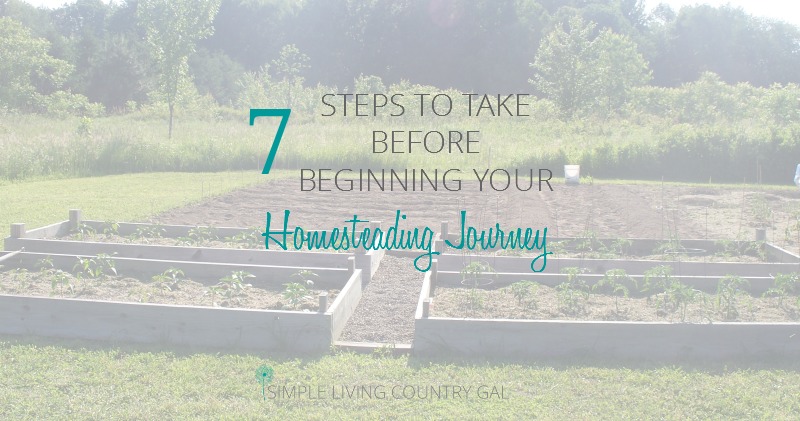





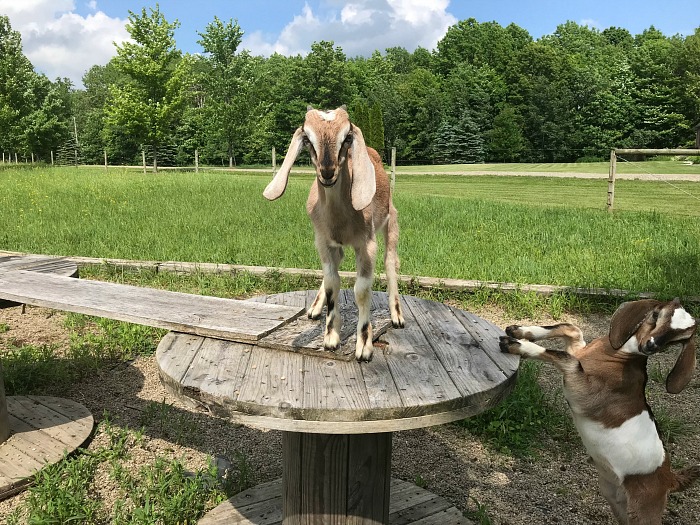
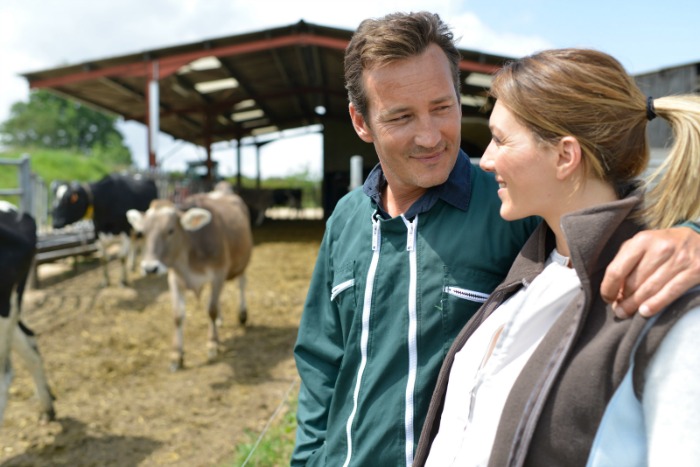
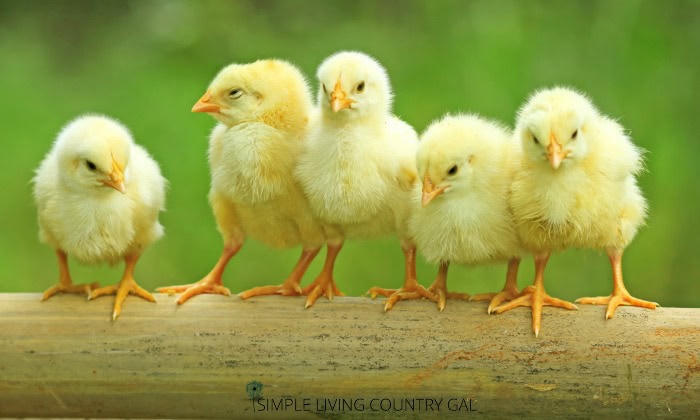
Can’t wait to read about your journey.
Thanks Lynn!
Awesome ideas and aren’t they all the truth!
Hi Katie,
They absolutely are! 🙂
Tracy Lynn
Great Information thank you
I had come up with the basics of your post (plan ahead & create a plan & Pinterest…I love Pinterest!! & part of your research list) but you have additional detail I hadn’t even thought of. Thanks!! Now I have more to work on… & another reason to play on Pinterest.
Julie,
I love Pinterest as well! Look me up and follow me for lots of great pins on homesteading! Keep me posted on your progress 🙂
Thank you for this great info & the resourceful links. My wife and I are aiming for the summer of 2019. This is so helpful!
Welcome Tony,
I am so excited for you and your wife, you will not regret the choice to homestead. It really is the only way to live 🙂
Tracy Lynn